Hanuman is a Hindu deity and one of the most revered figures in Hindu mythology. He is also known as Anjaneya, Pavanputra, and Maruti and so on. There are other names too. Hanuman is regarded to be the epitome of devotion, courage, strength, and selflessness. In this Blog we will let you know about the significance and importance of Hanuman Jayanti.
Why Hanuman Jayanti is observed?
Hanuman Jayanti is observed to celebrate the birth anniversary of Lord Hanuman, one of the most revered deities in Hindu mythology. Hanuman Jayanti is observed on the full moon day generally called as Purnima in the Hindu month of Chaitra, which falls between March and April in the English calendar.
Lord Hanuman is believed to be an incarnation of Lord Shiva and a devotee of Lord Rama. He is seen to play a significant role in the great epic Ramayana, where he helped Lord Rama defeat demon king Ravana and rescue his wife Sita. Hanuman's character is generally admired for his bravery, loyalty and utmost devotion. All these qualities have made him an embodiment of Hindu values such as dharma, karma, and bhakti.
Hanuman Jayanti is observed all over India and even some parts of the globe to honor Lord Hanuman's birth and his awesome qualities. The festival is an occasion to celebrate heart-felt devotion, strength, and the triumph of good over bad. Lord Hanuman’s birthday is also a particular day to seek blessings and guidance from Lord Hanuman to navigate life's challenges and overcoming obstacles. The festival is celebrated with great enthusiasm, grandeur and devotion in those parts where there is a significant Hindu population.
How Hanuman Jayanti is observed?
Hanuman Jayanti is observed with great devotion and enthusiasm across India and other parts of the world where there live the Hindus in general. The celebrations usually take place on the full moon day in the month of Chaitra. People visit the Hanuman Temple and pray to the almighty and also perform Lord Hanuman Puja to seek his blessings to get protection and happiness.
Devotees visit Hanuman temples and offer prayers to the Lord. Hanuman idols are decorated with flowers, garlands, and vermilion powder. People light lamps, incense sticks, and offer sweets and fruits as offerings to Lord Hanuman. Some people observe fasts on Hanuman Jayanti as a mark of their utmost devotion. Fasting is believed to bring good health and prosperity. At the same time it invokes blessings of Lord Hanuman.
Reading Hanuman Chalisa is a must on this holy occasion. Devotees recite Hanuman Chalisa, a devotional hymn dedicated to Lord Hanuman. It is believed in India and abroad that if one can chant the Chalisa for 100 times on a special day, one can win the favor and blessings of the great Lord. It is believed to bring blessings and protection too. Various Cultural programs are organized in many places to mark the occasion too. People dress up as Hanuman and participate in processions, which are accompanied by music, dance, and other cultural activities.
Discourses on the life and teachings of Lord Hanuman are conducted in temples and other places. Puja rituals are performed by priests and devotees to seek blessings from the Lord. In many places some people organize community feasts and distribute prasad (blessed food) among the devotees to assemble to pay heed to the discourses or just to have the Prasad of the Lord. Actually, Hanuman Jayanti is a day of devotion and celebration, where people throng together to seek the blessings of Lord Hanuman and celebrate his teachings and His great qualities.
How Hanuman is portrayed
Hanuman is depicted as a monkey with a human face and a long tail. He was born in a royal family and his father was the head of a group. Both of them were very pious. From the very young age Lord Hanumanji is associated with various mysterious actions. He was seen to torment his associates in his childhood. But the very moment one was in utter distress, He came up to help all. In his early childhood he slain various demons and mad the earth a habitable place. He is generally portrayed in a meditative or a flying posture, holding a gada (mace) and a flag with the symbol of Lord Rama.
Hanuman is worshipped as a protector, an authentic symbol of strength, and a remover of all types of obstacles. Hanuman's character is admired for his loyalty, indescribable bravery, and devotion. He is a symbol of selflessness, as he always put Lord Rama's mission before his own comfort and desires. Hanuman is regarded to be an embodiment of Hindu values such as dharma (righteousness), karma (action), and bhakti (devotion) since time immemorial.
Significance of Hanuman Jayanti
Hanuman is worshipped by millions of people in India and other parts of the world, particularly among the Hindu communities. Hanuman Chalisa, a devotional hymn dedicated to Lord Hanuman, and Bajrang Mantra is one of the most popular and widely recited hymns in the Hindu religion. The festival is celebrated with great enthusiasm and devotion across India and in other parts of the world where there is a significant Hindu population. Devotees visit Hanuman temples and offer prayers and sweets to the deity. Some people observe fasts and chant Hanuman Chalisa, a devotional hymn dedicated to Lord Hanuman.
The celebration of Hanuman Jayanti varies from region to region and from family to family. In some parts of India, it is celebrated for 41 days, starting on Chaitra Purnima and ending on the ninth day of Shukla Paksha in Vaishakha month. During this period, devotees observe fasts, perform Puja rituals, and recite Hanuman Chalisa and other hymns in praise of Lord Hanuman.
On the day of Hanuman Jayanti, devotees wake up early in the morning, take a bath, and offer prayers to Lord Hanuman. They visit Hanuman temples, which are decorated with flowers and lights, and perform aarti and other rituals. Some people also organize community feasts and distribute prasad (blessed food) to the devotees. Apart from the religious aspect, Hanuman Jayanti is also celebrated as a cultural festival in many parts of India. People dress up as Hanuman and participate in processions, which are accompanied by music, dance, and other cultural activities. The festival is a symbol of unity, faith, and devotion, which transcends all barriers of caste, creed, and religion.

















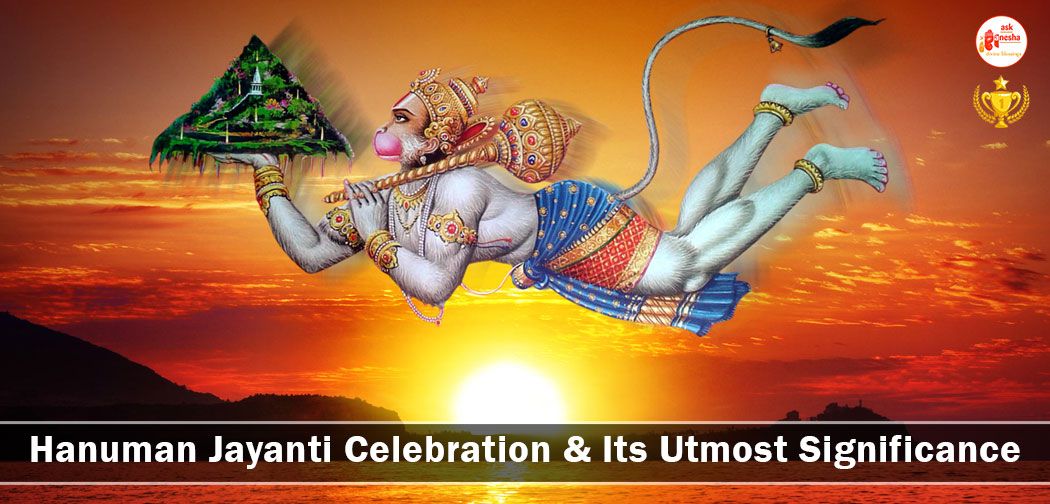
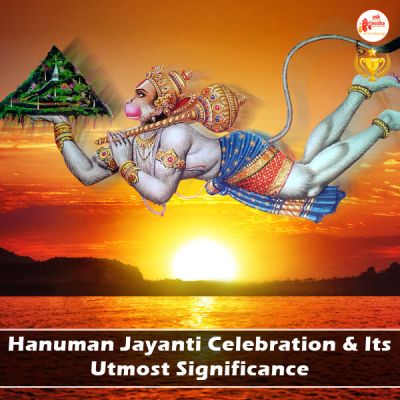
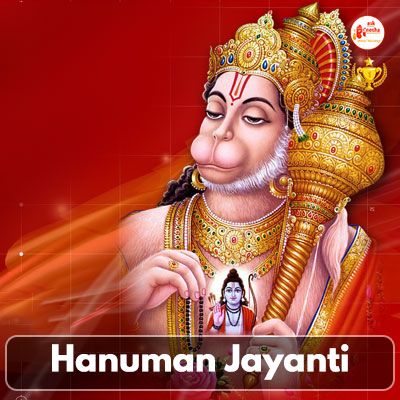
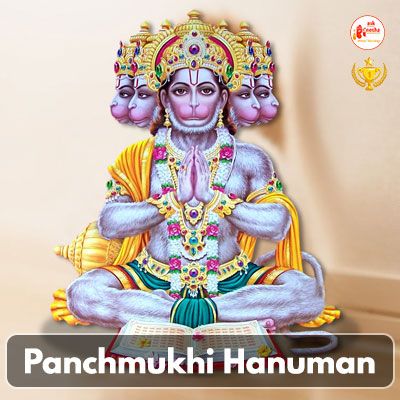
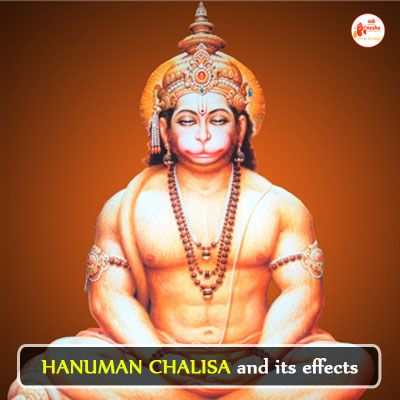
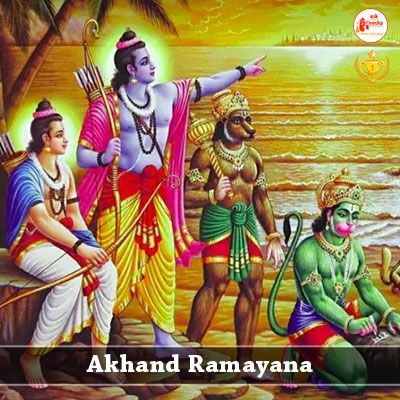

 Translate
Translate